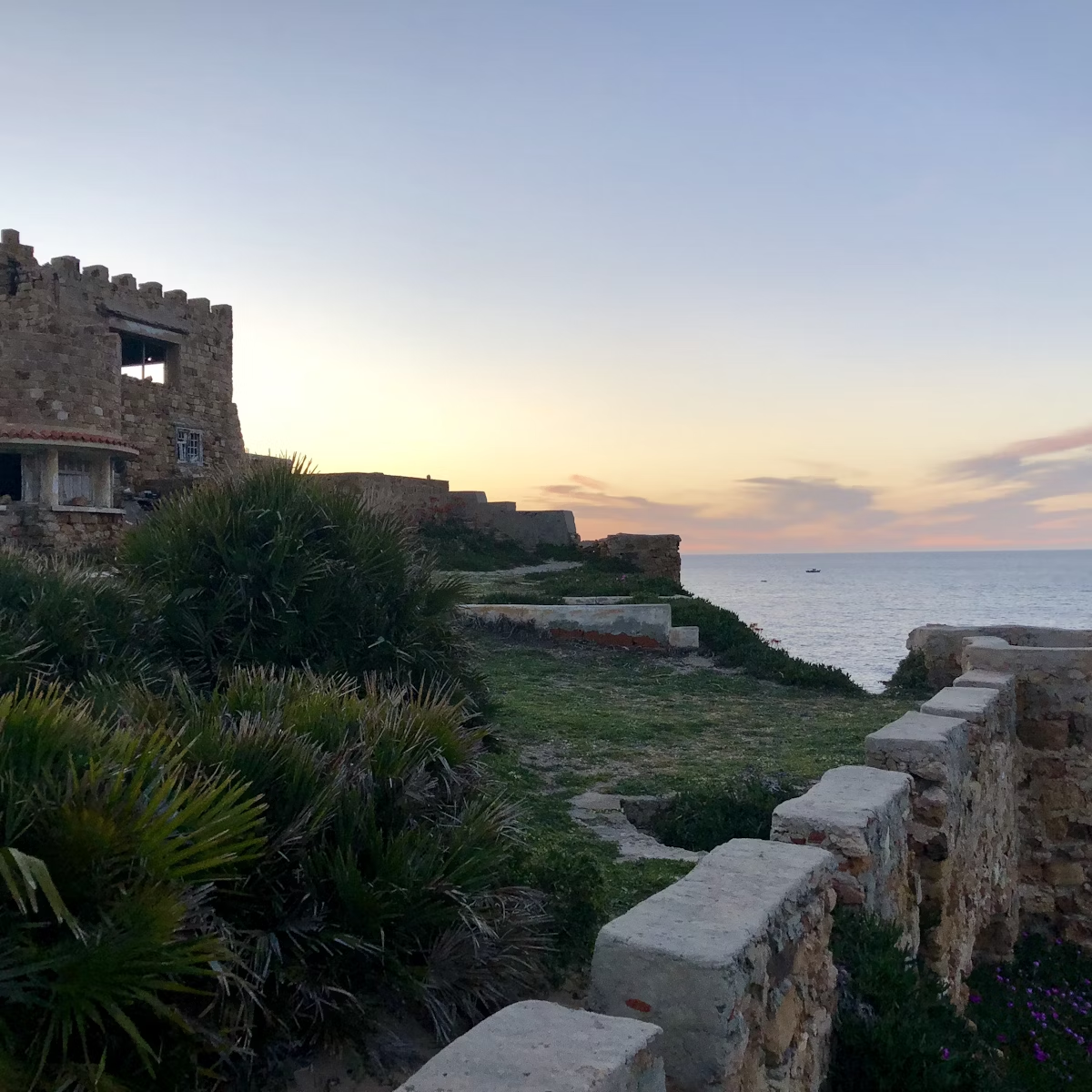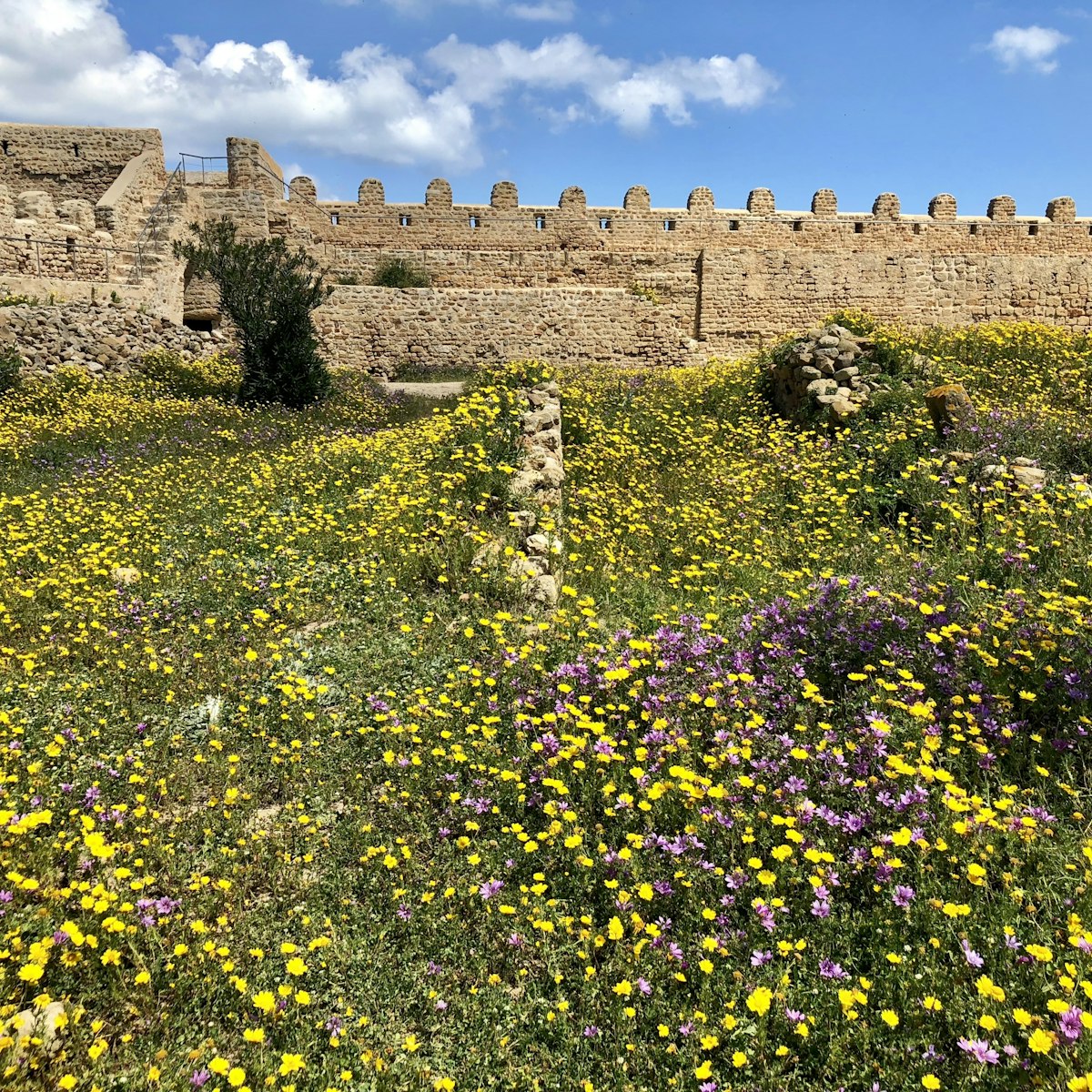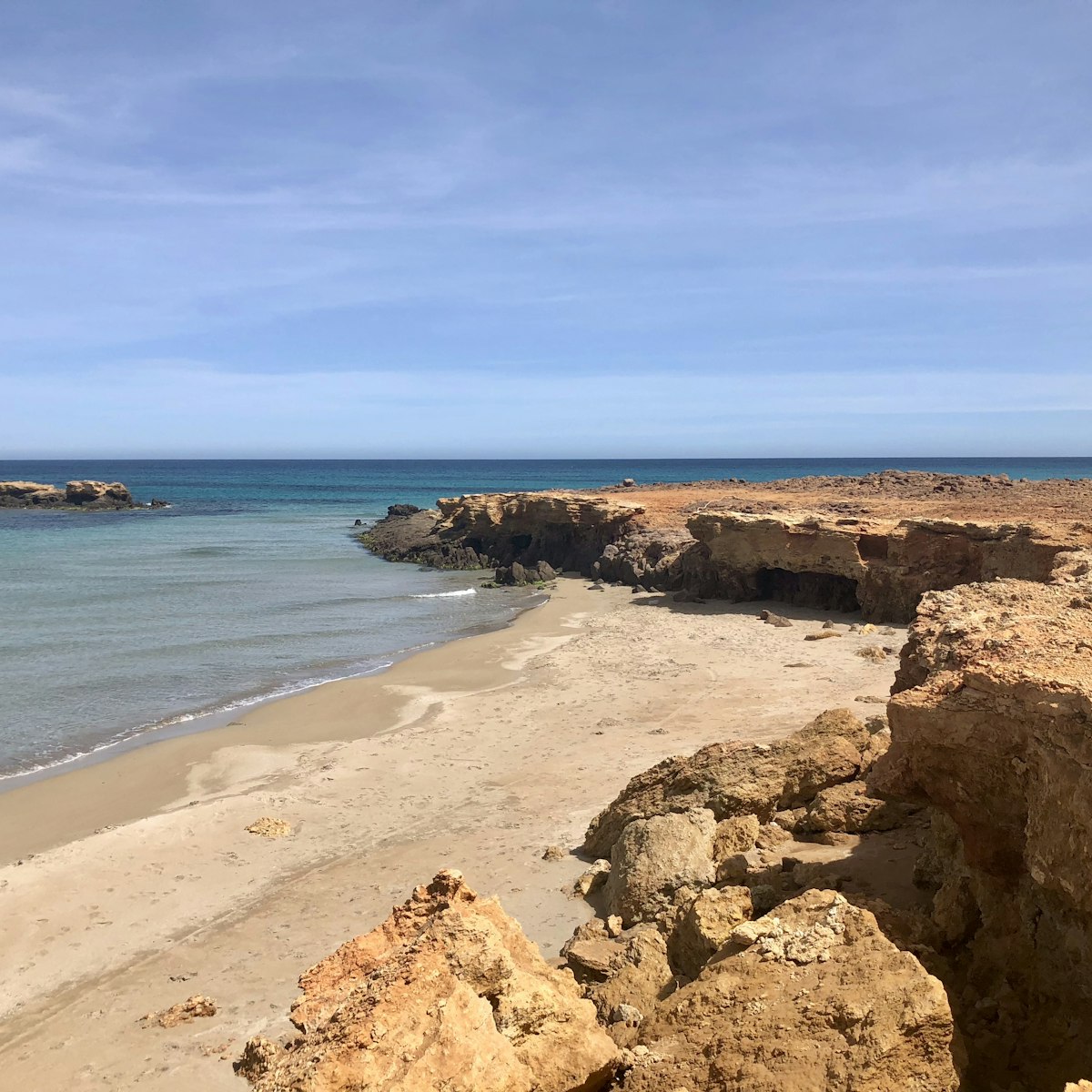Set on a turquoise curve of prime coastal real estate, the Unesco-listed Punic settlement of Kerkouane is the world’s best-preserved example of a Carthaginian city. Abandoned during the First Punic War, the town was never reoccupied by the invading Romans, so its chequer-board network of streets, houses and workshops remains as it was around 250 BC. Kerkouane's houses are best known for their pink-red baths where residents soaked in private, a major difference to the opulent Roman public baths found elsewhere around Tunisia.
Kerkouane was a well-planned town protected by double fortifications, but little is known of the settlement’s history, not even its original name; Kerkouane was the surname of one of the French archaeologists who stumbled on the site in 1952. The oldest remains date to the early 6th century BC, but most are from the 4th to 3rd centuries BC.
The town was home to an urban, sea-view-loving elite of merchants and craftsmen. It had around 300 houses and 2000 inhabitants. Excavations have uncovered pottery workshops and kilns, though Kerkouane's main business was producing the Phoenicians’ favourite colour: a dye known as Tyrian purple (named after their first capital, Tyre in modern-day Lebanon) that was extracted from sea snails.
Start your visit at the small museum, which has a collection of pottery, jewellery, statues and everyday objects from the site. Imported Greek, Italian and Egyptian artefacts indicate the residents’ wealth and sophistication, as well as their overtly cosmopolitan tastes.
The houses are Kerkouane's main attraction, particularly those of the wealthy northeastern quarter, with some wonderful examples of opus signinum flooring (scatter-pattern pink-and-white mosaic). A short walk into the site is the House of Tanit, which features a simple white Tanit sign (representing the Punic goddess) set into the floor, used as a protective symbol to ward off bad luck, similar to the hand-shaped hamsa seen on doors in Tunisia today.
Further along the street is the town’s finest address: a house with a peristyle (colonnaded) courtyard and an impressive bath, with a seat and armrests, decorated with white mosaic – the bather possibly even had a sea view.
The town also had public baths, but unlike Roman bathhouses, these are small-scale and functional. They were probably used by local artisans, and are near the temple, so may have been used to wash up pre-worship.
The remains of the principal temple are west of the public baths and further along is the Priest’s House. In its centre, protected within a small room, is a circular bread oven, like the tabounas still used in modern Tunisia.
The main entrance was through the distinctive west gate, built into an overlap between the walls.
There's a small shop, a basic cafe and toilets near the ticket office.
The site is clearly signposted off the C27 road between Kelibia and El Haouaria and makes an easy half-day trip from either. It's best to get here with your own wheels, but louages (shared taxis) can drop you at the turn-off, leaving a 2km walk to the site.








